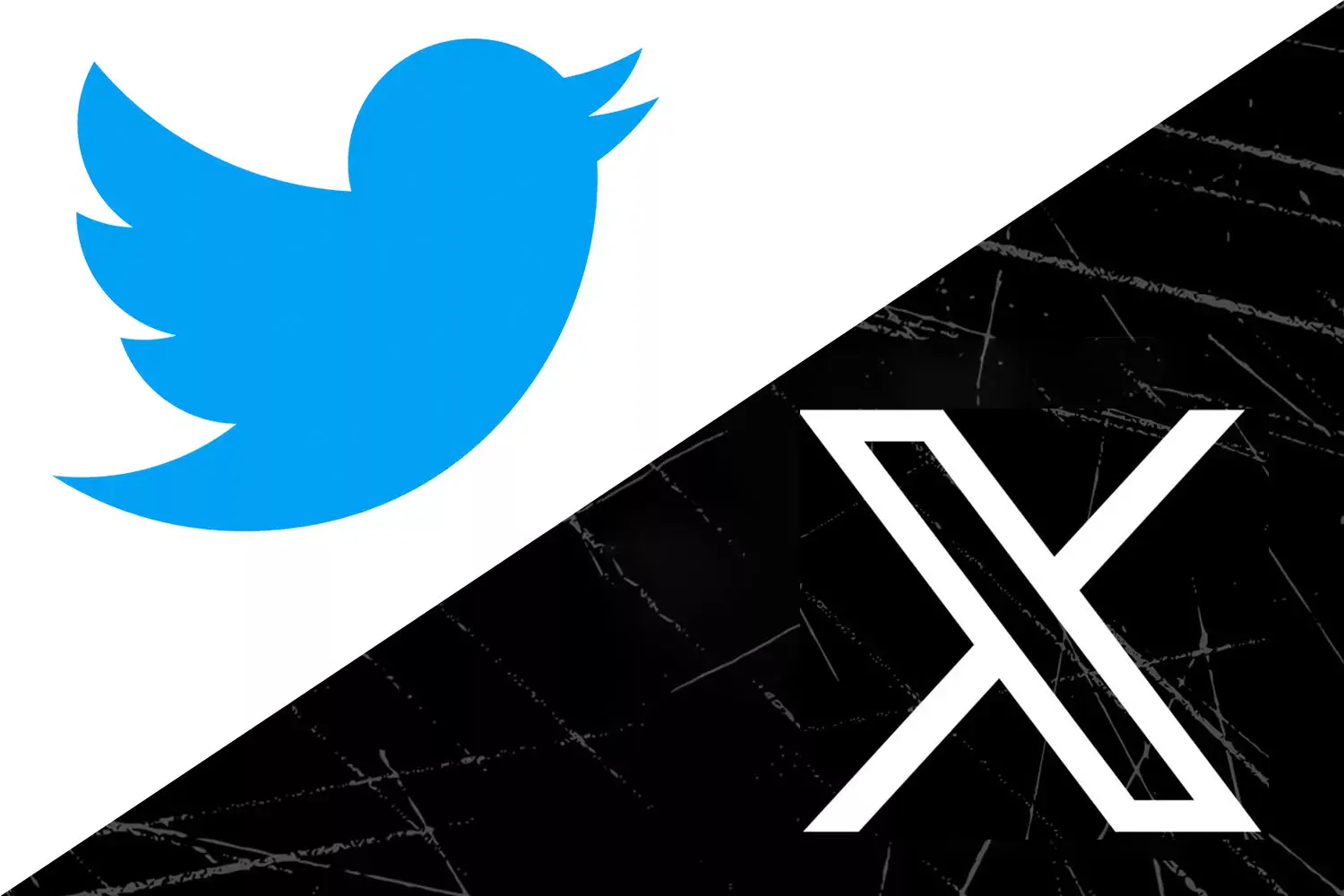
Creating the perfect Twitter header is an essential part of establishing your online identity or brand presence on one of the world’s most influential social media platforms. A well-designed header can communicate your brand’s ethos, attract new followers, and enhance your digital footprint. This comprehensive guide will walk you through each step of designing an impactful Twitter header, from understanding the basics to implementing advanced design strategies.
Understanding Twitter Header Dimensions and Requirements
The Importance of Correct Dimensions
The foundation of a great Twitter header begins with adhering to the recommended dimensions: 1500 pixels wide by 500 pixels tall. This aspect ratio ensures your header displays correctly across different devices without important elements being cropped out. Using images that fit these dimensions prevents distortion, pixelation, or unwanted stretching, ensuring a professional appearance.
File Size and Format
Keeping your image file under 5MB allows for quick loading times and ensures compatibility with Twitter’s upload requirements. Preferred formats include JPG, GIF, or PNG. Choosing the right format can affect the quality of your header; for example, PNGs are ideal for images with text or logos due to their lossless compression.
Defining Your Header’s Purpose
Reflecting Your Brand or Personal Identity
Your Twitter header should be a reflection of your brand’s identity or your personal brand. It could be aimed at promoting a specific aspect of your business, showcasing your personality, highlighting a recent achievement, or celebrating an event. The purpose of your header will guide your design choices, influencing everything from imagery to text placement.
Strategy Alignment
Ensure your header’s purpose aligns with your overall social media strategy. Whether it’s increasing brand awareness, driving traffic to your website, or engaging with your community, your header should contribute to your larger goals.
Choosing Your Design Tools
Professional vs. User-Friendly Options
From Adobe Photoshop to Canva and Pixelixe, the range of available design tools caters to both professionals and beginners. While Photoshop offers unparalleled control and customization, platforms like Canva provide accessible, template-driven solutions that can save time and simplify the design process.
Leveraging Templates
Many design platforms offer Twitter header templates that are pre-sized and customizable. These templates can be a great starting point, especially if you’re new to design or short on time. They also provide inspiration for layout, typography, and color schemes.
Crafting Your Background
Selecting the Right Image
The background image sets the tone for your Twitter header. It should be relevant, high-quality, and reflective of your brand or personal style. Whether you choose a photo, a graphic pattern, or an abstract design, it should not distract from the key message you wish to convey.
Background Tips
- Relevance: Choose an image that supports your header’s overall purpose.
- Quality: Opt for high-resolution images to ensure clarity across all devices.
- Aesthetic Appeal: Consider the emotional impact of your background image. It should evoke the right feelings or associations in your audience.
Incorporating Logos and Text
Logo Placement
Your logo is a critical element of brand recognition. Place it in a spot where it’s easily visible but doesn’t overshadow the background. Ensure it’s sized appropriately, neither too large that it dominates the header nor too small that it’s overlooked.
Textual Elements
Text can be a powerful tool for conveying your message, but it should be used sparingly to avoid clutter. Key considerations include:
- Legibility: Choose fonts and colors that stand out against your background.
- Brevity: Keep your message concise and impactful.
- Placement: Ensure text is positioned within the safe zone to prevent it from being cut off on mobile devices.
Design Elements and Creativity
Enhancing Your Header
Shapes, icons, and lines can add visual interest and help organize information within your header. Use these elements to frame your design, direct attention to key areas, or add a layer of creativity.
Creativity and Originality
Don’t be afraid to experiment with your design. Unique headers are more likely to capture attention and make your profile memorable. However, ensure that your creative choices still align with your brand and message.
Optimizing for Visibility
Device Compatibility
Twitter headers can appear differently across devices, with potential cropping on mobile screens. To avoid losing important elements, keep critical information like logos and text centered and within the designated safe zone.
Testing and Adjustments
After uploading your header, review it on various devices to ensure it appears as intended. Adjustments may be necessary to achieve the perfect balance between aesthetics and functionality.
Regular Updates
Keeping Your Header Fresh
Regularly updating your Twitter header can reflect seasonal themes, special occasions, or new marketing campaigns. This not only keeps your profile looking fresh but also signals to your followers that you are active and engaged.
Conclusion
Create perfect Twitter post and header involves a blend of technical knowledge, strategic planning, and creative execution. By following this comprehensive guide, you can create a header that effectively communicates your message, reinforces your brand identity, and makes a lasting impression on your audience. Remember, your Twitter header is a key component of your online presence; invest the time and effort to make it truly stand out.